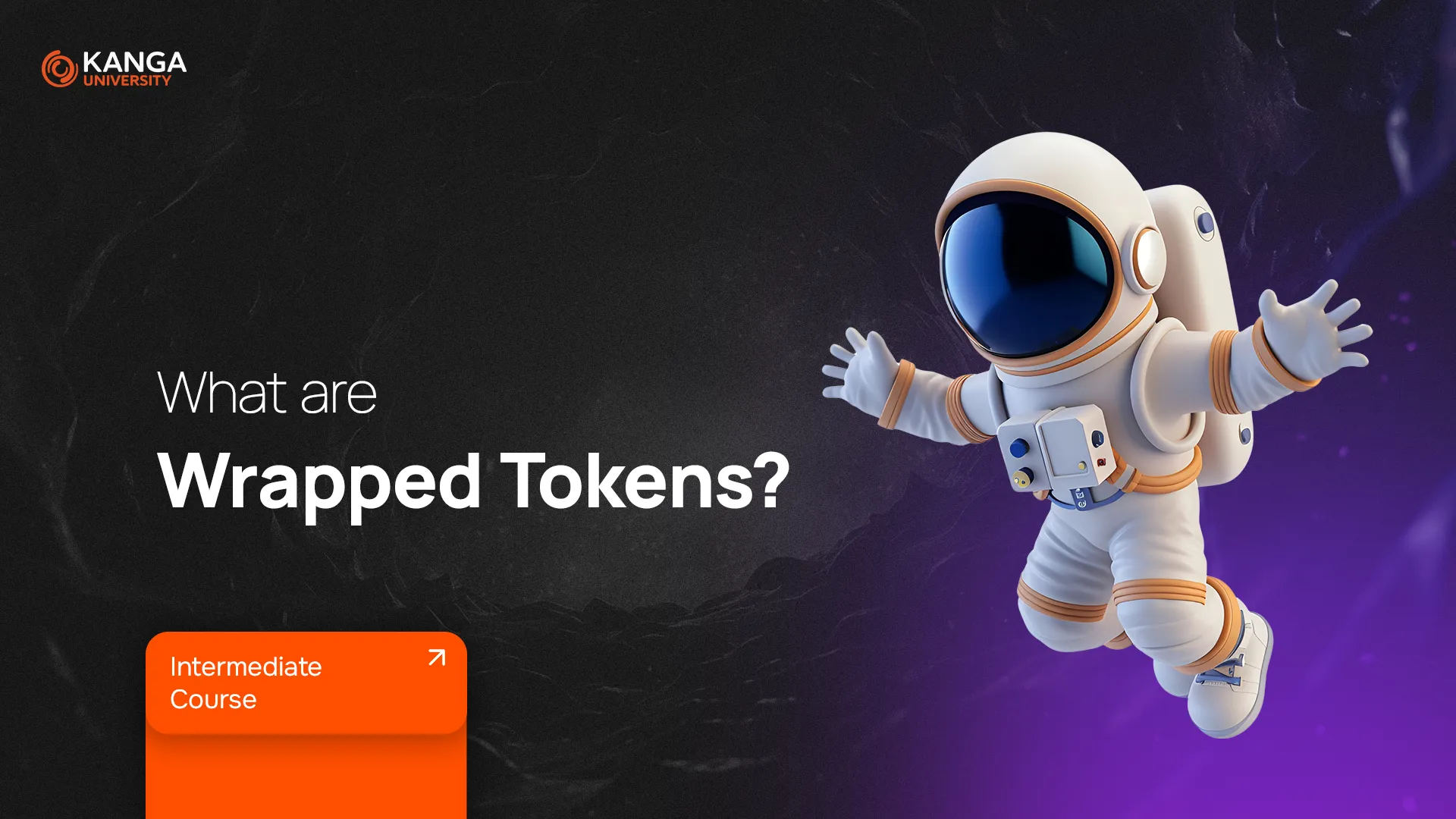
In the crypto world, different blockchains don’t naturally talk to each other. Bitcoin runs on its own network. Ethereum runs on another. So what if you want to use your Bitcoin inside Ethereum-based apps? That’s where wrapped tokens come in—a clever workaround that helps cryptocurrencies jump between chains.
They solve a major limitation in crypto: the lack of interoperability. Let’s break it down.
What Are Wrapped Tokens?
A wrapped token is a digital version of an existing cryptocurrency that runs on a different blockchain. The most popular example? wBTC—Wrapped Bitcoin, which brings Bitcoin into the Ethereum ecosystem.
Every wrapped token is backed 1:1 by the original asset it represents. If there are 100 wBTC in circulation, there are 100 BTC locked up somewhere as collateral. That’s what gives the wrapped token its value.
Why Use Wrapped Tokens?
The key benefit is interoperability—the ability to move assets between blockchains. Bitcoin and Ethereum are like two separate cities with no highway between them. Wrapped tokens build that highway.
They let you:
-
use BTC on Ethereum DeFi apps,
-
earn yield through staking or lending,
-
or trade more efficiently across multiple networks.
Think of it like exchanging your local currency when traveling abroad, but digitally and with full backing.
How Wrapping Works
The process has two main steps:
-
Minting (Creating):
You send your original token (e.g. 1 BTC) to a trusted custodian. In return, you receive 1 wBTC—now usable on Ethereum. -
Burning (Redeeming):
To get your original BTC back, you burn your wBTC. The custodian releases your BTC from their vault.
This system works as long as there’s trust in whoever is holding the original tokens—and that the supply of wrapped tokens always matches the real assets backing them.
Who Manages the Wrapped Assets?
Wrapped tokens rely on a custodian—an entity (or smart contract) responsible for holding the original asset. This can be:
-
a centralized company,
-
a decentralized DAO,
-
or an automated multi-signature wallet.
The entire model depends on this custodian being secure, transparent, and trustworthy.
Popular Examples of Wrapped Tokens (as of March 2025)
wBTC (Wrapped Bitcoin)
Lets you use BTC on Ethereum. Managed by wBTC DAO.
Update: As of February 2025, Sui Bridge supports wBTC transfers, enabling BTC utility in new DeFi apps on Sui.
Note: Crypto.com announced it will delist wBTC by the end of March 2025—users must convert or withdraw their tokens.
wETH (Wrapped Ethereum)
ERC-20 version of Ethereum, allowing it to be used in smart contracts and DeFi platforms. Still widely adopted and stable.
renDOGE (Wrapped Dogecoin)
Makes DOGE compatible with Ethereum and other chains through the RenVM protocol. Continues to function, though the Ren project is undergoing restructuring.
Benefits of Wrapped Tokens
-
Cross-chain use: Move your assets between blockchains and use them across DeFi ecosystems.
-
Lower fees: Transactions can be cheaper and faster, depending on the network.
-
Access to rewards: Use wrapped tokens for staking, lending, farming, and more.
-
Bridge development: The rise of wrapped tokens has driven the growth of blockchain bridges—tools that allow seamless asset movement between chains.
What Are the Risks?
-
Trust in the custodian: If the custodian holding the original tokens is hacked or mismanages funds, wrapped tokens lose value.
-
Bridge security: Several cross-chain bridges have suffered major exploits.
One notable case: the Wormhole Bridge was hacked via a smart contract vulnerability, allowing attackers to drain wrapped ETH (wETH) on Solana and receive unbacked ETH on Ethereum. -
Centralization: Some wrapped tokens are controlled by a single company or small group, which can go against crypto’s core values of decentralization.
Summary
Wrapped tokens are one of the most important tools for connecting separate blockchain networks.
They allow users to take full advantage of DeFi, NFTs, and other Web3 features—without needing to sell or convert their assets.
But they aren’t risk-free. Security, transparency, and trust in custodians and bridges are crucial. In the future, we may see more decentralized alternatives emerge, making wrapped assets safer and more widely usable.
